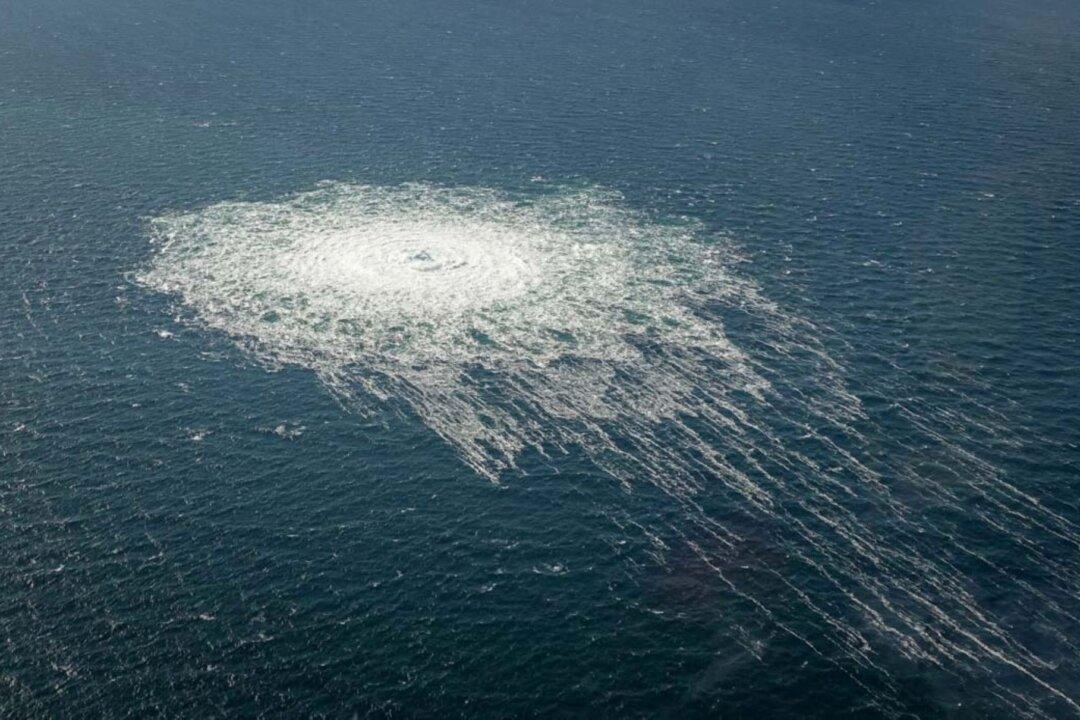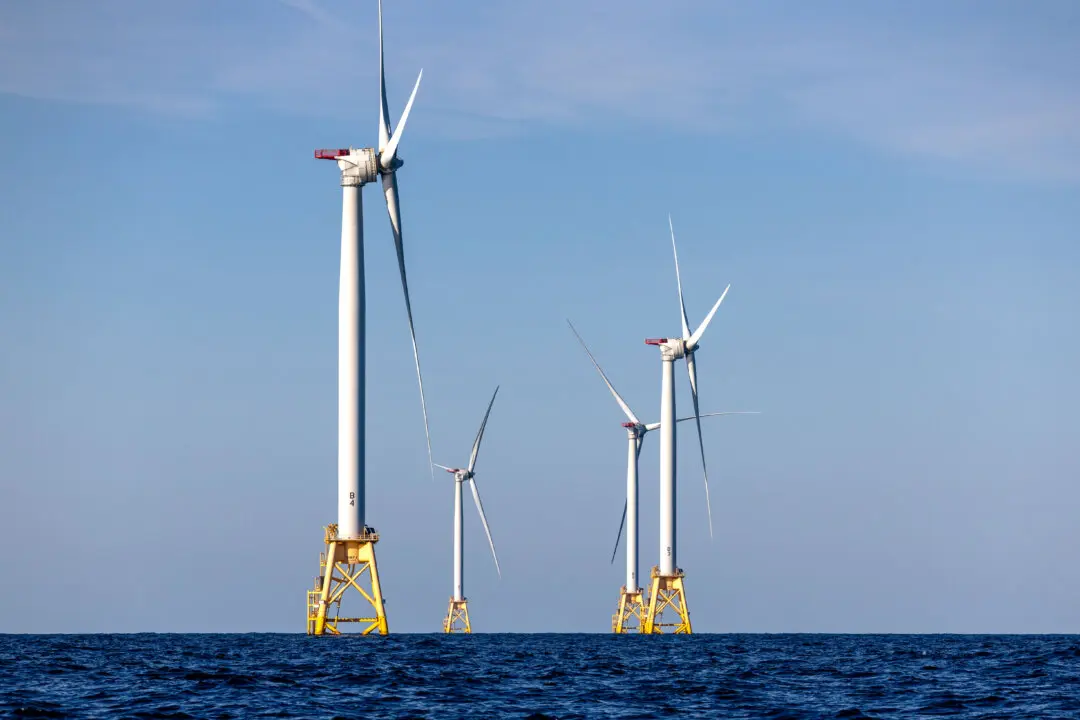Investigators probing the Nord Stream pipeline blasts have found traces of explosive material at the site, the Swedish Security Service stated on Nov. 18, describing the incident as an act of “serious sabotage.”
Authorities from Denmark and Sweden are investigating damage to the two Nord Stream pipelines that link Russia and Germany via the Baltic Sea after powerful explosions in late September led to four ruptures.





